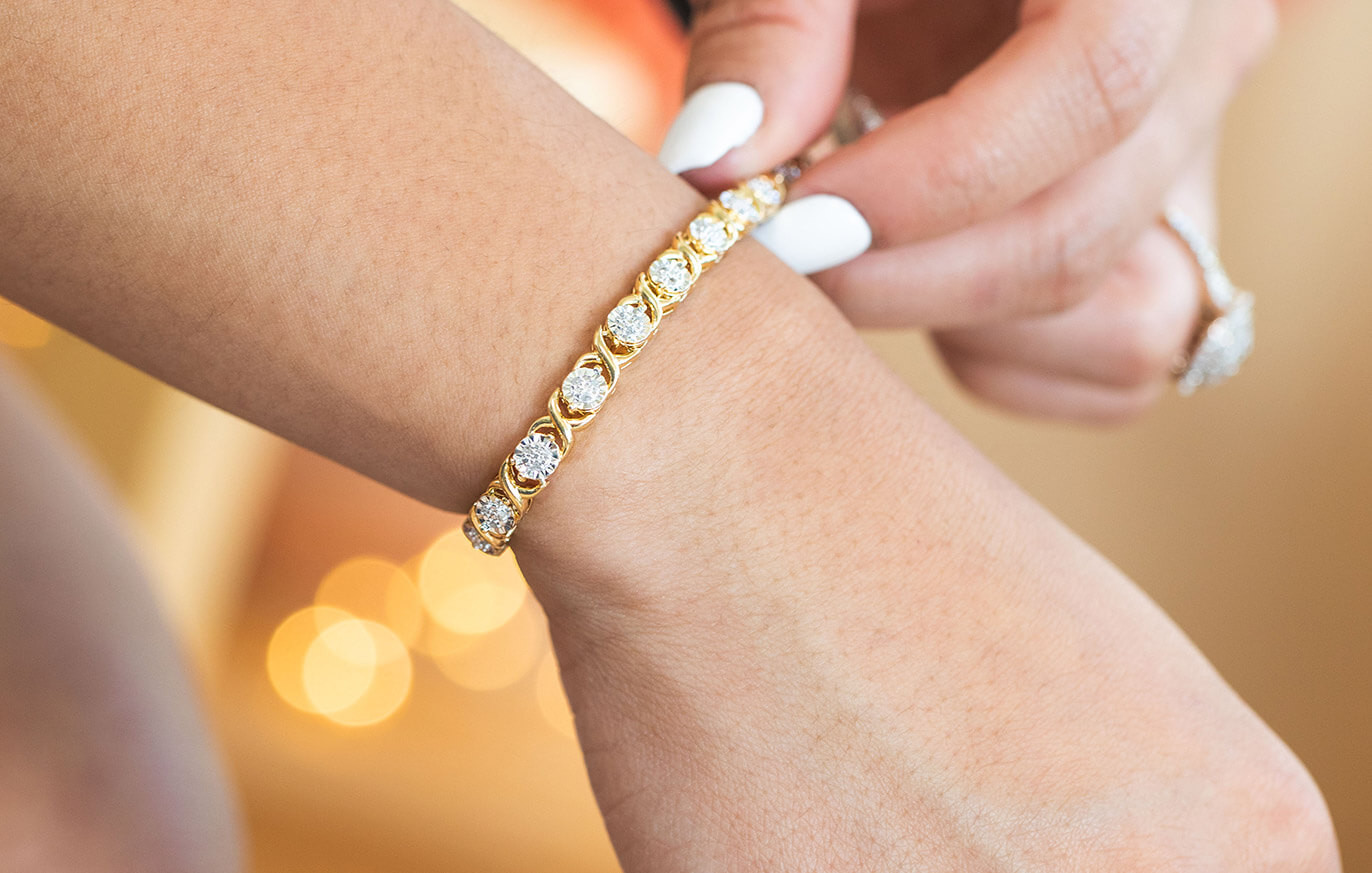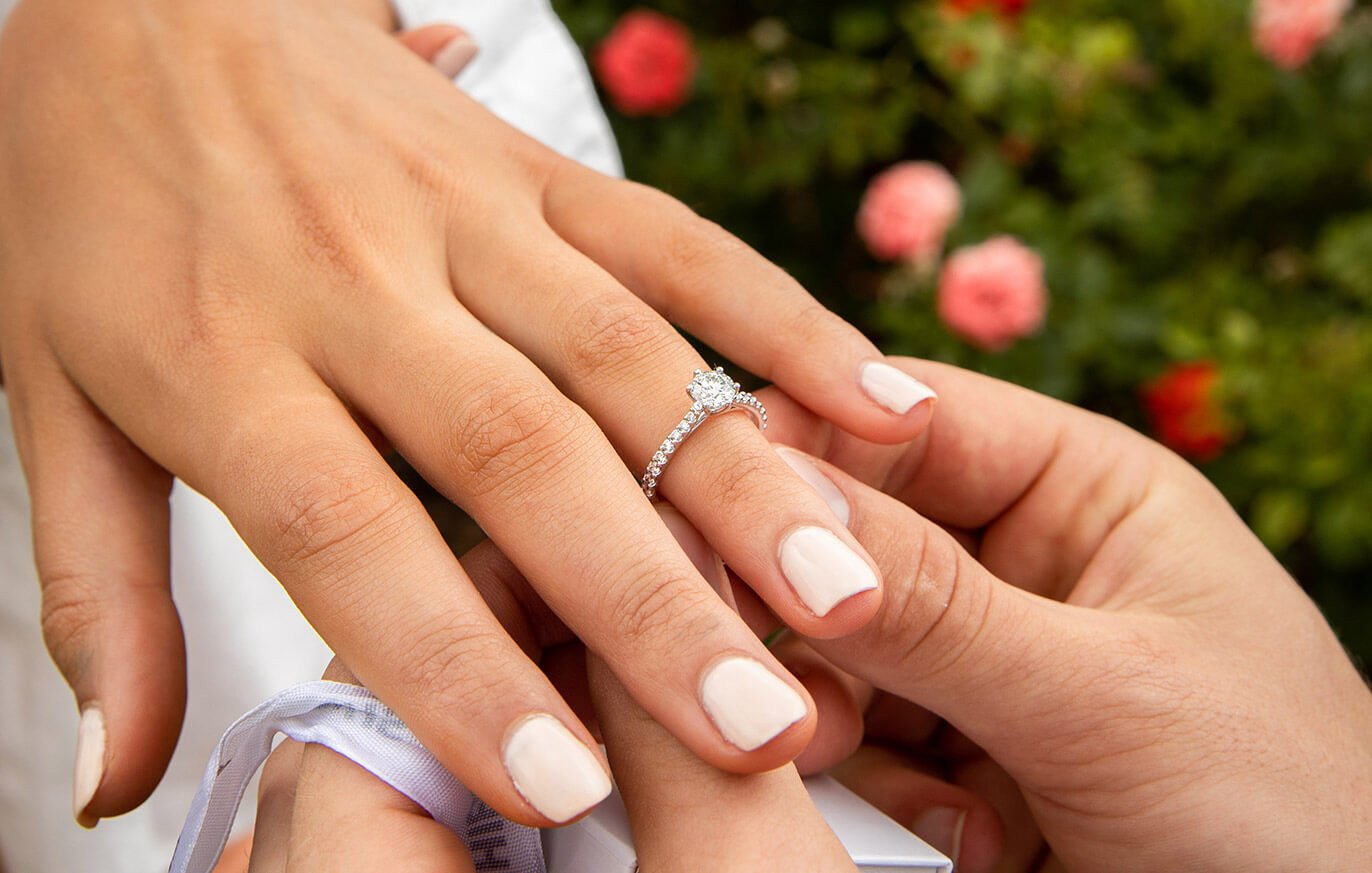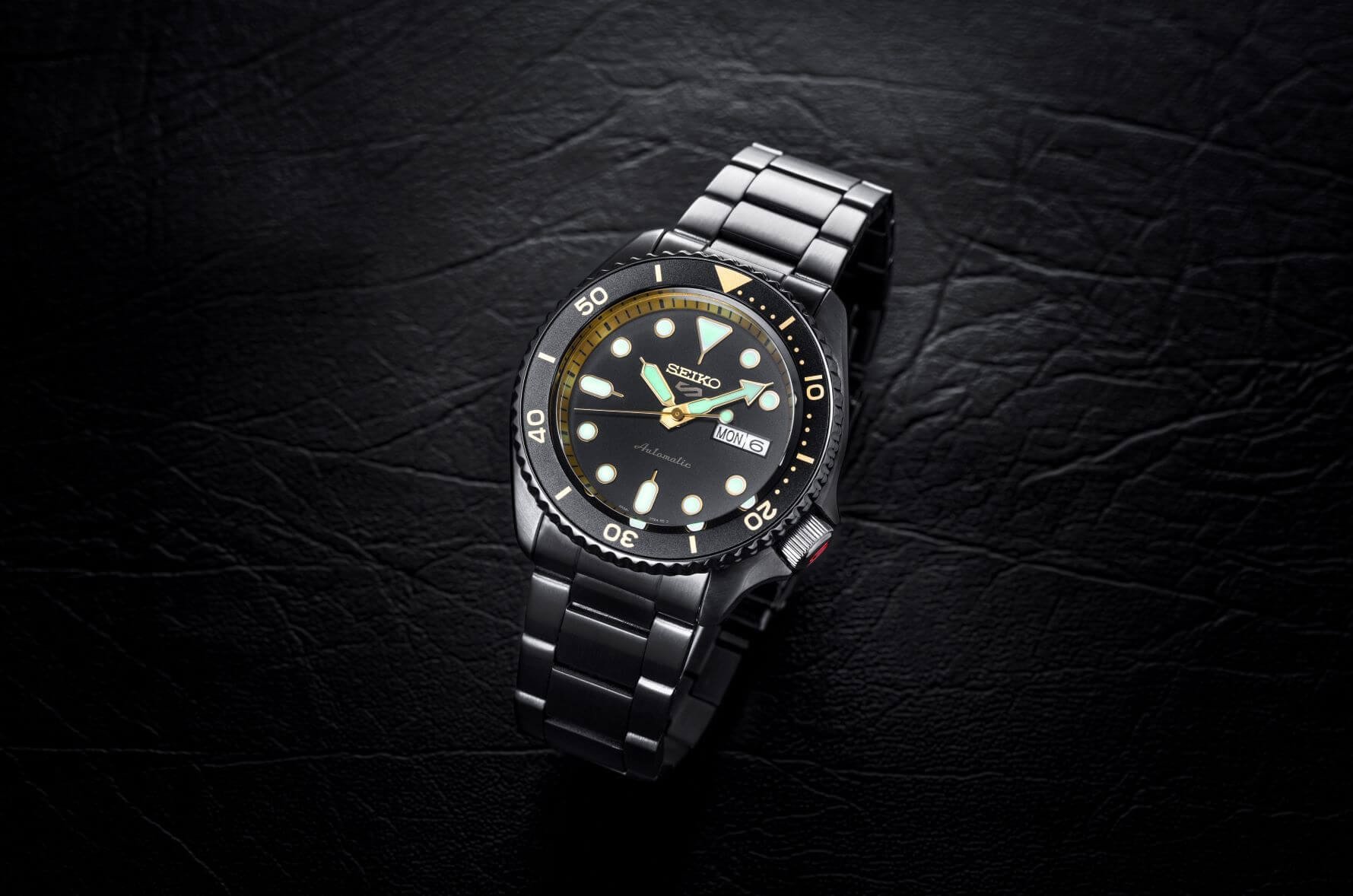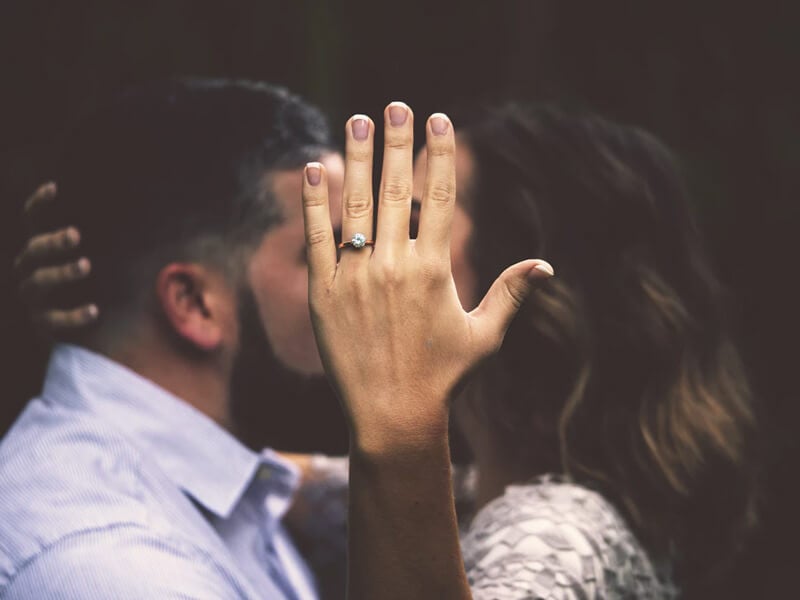When browsing for that forever piece or the perfect gift for that special person in your life, it is important to know that jewellery isn’t all that dissimilar to clothing and other apparel items in the sense that it’s not one size fits all. We all come in different shapes and sizes, so this can have an impact on the way that certain accessories fit you. Some items can be a bit too tight for them to sit comfortably on your body while others can be a tad bit too loose, meaning that you run the risk of having your potentially valuable and sentimental jewellery fall off.
Whether you are browsing rings, bracelets or necklaces, understanding jewellery measurement is critical to a great shopping experience and finding a piece that fits all of your needs. And there just happens to be many handy tips and tricks out there that can help figure out your size so that you can make the right decision when making your next diamond jewellery investment or when adding a few more everyday pieces to your collection.
Read on for our jewellery size guide where you will discover everything you need to know about shopping for your body, including how to measure yourself at home without having to make a trip down to your local jeweller.
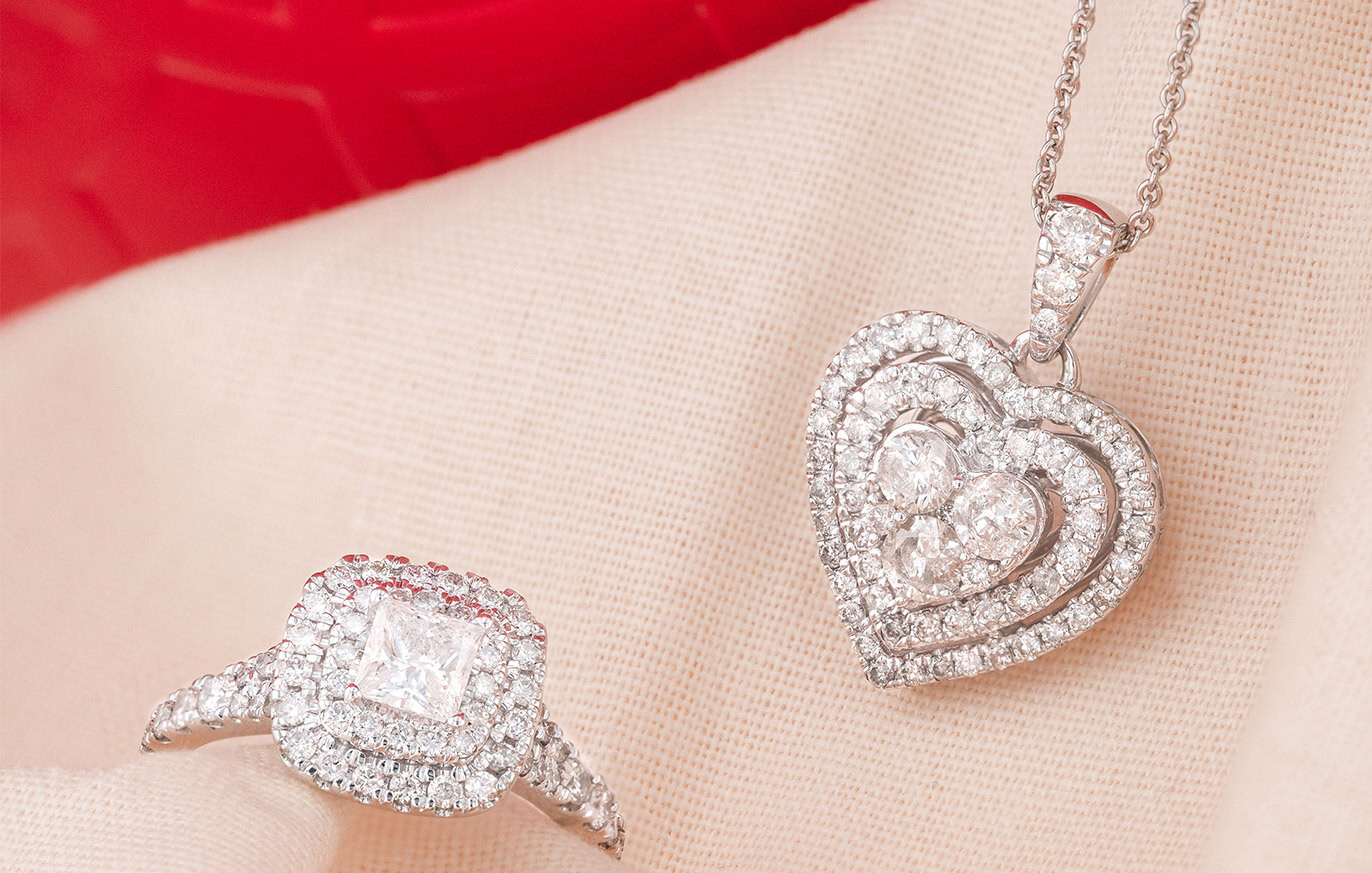
Overview:
Ring Sizing Guide
Whether you are shopping for engagement rings, eager to take the next step in your relationship or on the hunt for the perfect dress ring to add to your collection, purchasing rings can be a tricky business. Not only are our hands all different sizes, but they also tend to fluctuate due to environmental factors such as pregnancy, the heat as well as certain health conditions. This can make it super hard to figure out a person’s true ring size, particularly if you are buying it for someone else or you are shopping online. Sure you can guess the size, but that is risky and potentially expensive as some rings cannot be resized nor can they be returned once they have been resized. Fortunately, the below ring sizing tips will help you to avoid any unnecessary mistakes and will help you not arouse any suspicion from your partner if you are looking to pop the question.
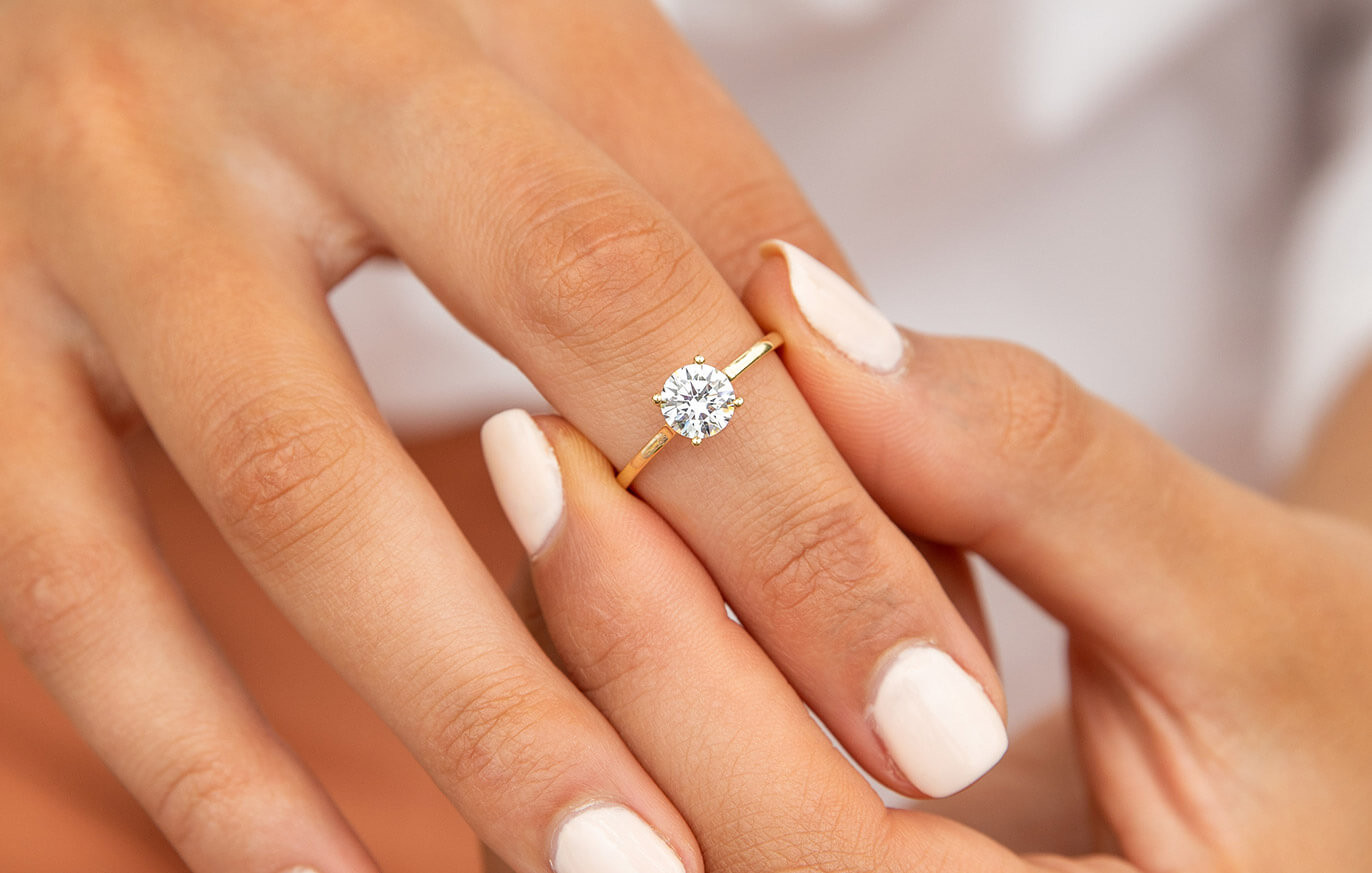
If you’ve been asking yourself, ‘what is my ring size?' or are trying to figure out your partner’s, these are some practical and cost-effective ways to help you determine this. Our ring size chart is also a good place to start but you can also:
Use Dental Floss
As Julia Roberts’ character says in Pretty Woman, it’s not good to neglect your gums and so many of us are guaranteed to have a packet of dental floss lying around. And one of the great things about dental floss is that it not only helps keep your teeth in pristine condition, but it can also be a handy tool for determining your ring size. To try out this hack, simply grab a piece of dental floss and wrap it around you or your partner’s finger in order to figure out its circumference. Wrap it around the finger once and then mark the floss with a pen or texta at the point that it begins to overlap. Once you have done this, remove the floss so that you can set it against a ruler or measuring tape. With standard ring sizes, every half-size matches up to a 0.4-millimetre increment, starting with size 3 equaling 14 mm, size 3.5 equal to 14.4 mm, size 4 equal to 14.8 mm, and so on. Once you figure out this you should have your ring size. If you don’t have any dental floss handy, you can also utilise this trick with a piece of string or even some old fishing line.
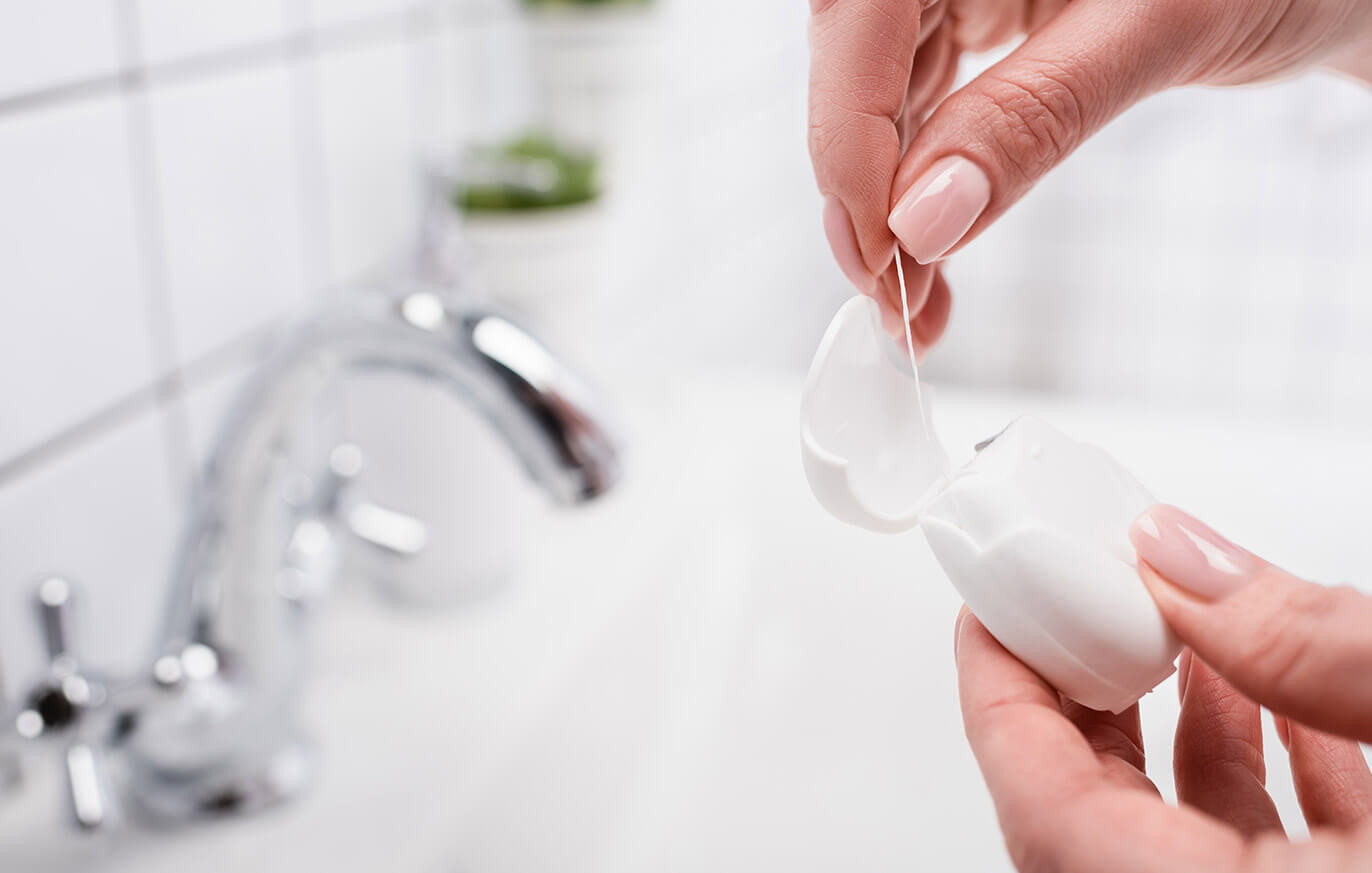
Use A Current Ring
Another approach you can try when figuring out your ring size is to find a ring that’s already in you or your partner’s collection. Whether it’s a sparkly diamond ring or a plain, simple band, pre-owned rings are a great stepping stone to figure out what the right size is for your desired piece. You can then determine the circumference of the ring with a ruler, a measuring tape or even a piece of string. Alternatively, you can take the ring to the jewellers with you when you go to make your selection and either compare it to all the different sizing choices or have the attendant size the ring using a special ring sizing rod. When using this method, however, it is important to be mindful of certain ring design factors such as band thickness and the inclusion of diamonds on the band. These elements can make a ring appear larger in circumference. Another useful approach is to scour the net from a ring size chart that you can print off and then compare the different measurements displayed to match them up with your current ring.
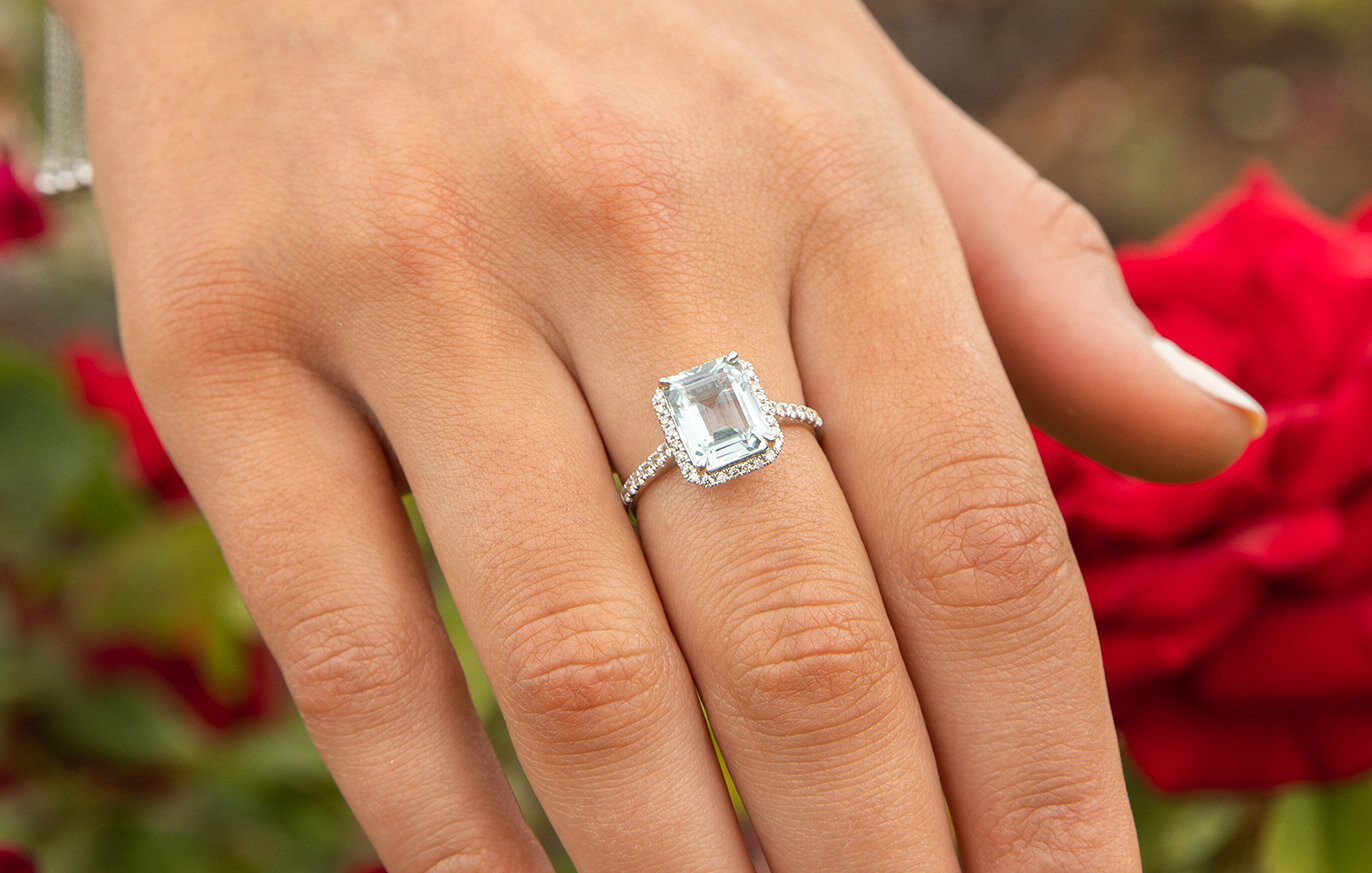
Use A Ring Sizer
When shopping for the perfect diamond engagement ring or a stylish dress ring, another foolproof approach is investing in a ring sizer. Available at most jewellery stores, ring sizers are a relatively affordable device that measures your finger based on its circumference and then indicate a lettered size. Simple and easy to use, the device works in the same way that a belt does. All you have to do is slip the multisizer onto your finger and loop it around like a ring, adjusting the buckle on the end of the device until you reach a fit that is both comfortable and not at all restrictive. When the best size is achieved, make note of the size indicated by the arrow engraved on the device to determine your letter sizing. If you have got your eye on a ring that is thicker than the standard 2 millimetres, then you should consider going up by at least half a size.
For more tips on how to use a multi ring sizer, check out the super handy video below!
Measure At The Right Time
A good general tip is to ensure that you check and re-check the measurement a couple of times, because quite often, the fingers can become wider or narrower due to simple things like the weather, heat, cold, or perhaps even water retention or fluctuation in weight. The ideal time to measure your ring size is in the late afternoon, this usually gives the most correct size. You should also avoid measuring you or your partner's ring size just after you’ve just woken up, taken a shower or undertaken a workout and opt to wait a little bit of time before taking any measurements. This is because the heat can make objects, including your hands and fingers expand. Hormonal changes including pregnancy can also cause your fingers to swell and therefore it might be worthwhile to wait until they have returned back to their regular size. It’s also important to ignore common assumptions such as the fingers on your right and left hand both having the same measurements, because it is anatomy can be complicated and it is more than likely that they do not.
Necklace & Chain Sizing Guide
Much like rings, chains and necklaces can vary quite a bit in size and your physique can also play a role in not only the length of the necklace you choose, but also potentially the style. This is something that is almost certain if you are a woman. Besides, no one wants to buy a necklace or pendant without being able to correctly visualise how it’s going to fit, especially with respect to its length. While some pieces are designed to be a little more fitted, however, others are designed to be slightly more lower-hanging. These are some things to consider before making a chain, pendant or necklace purchase.
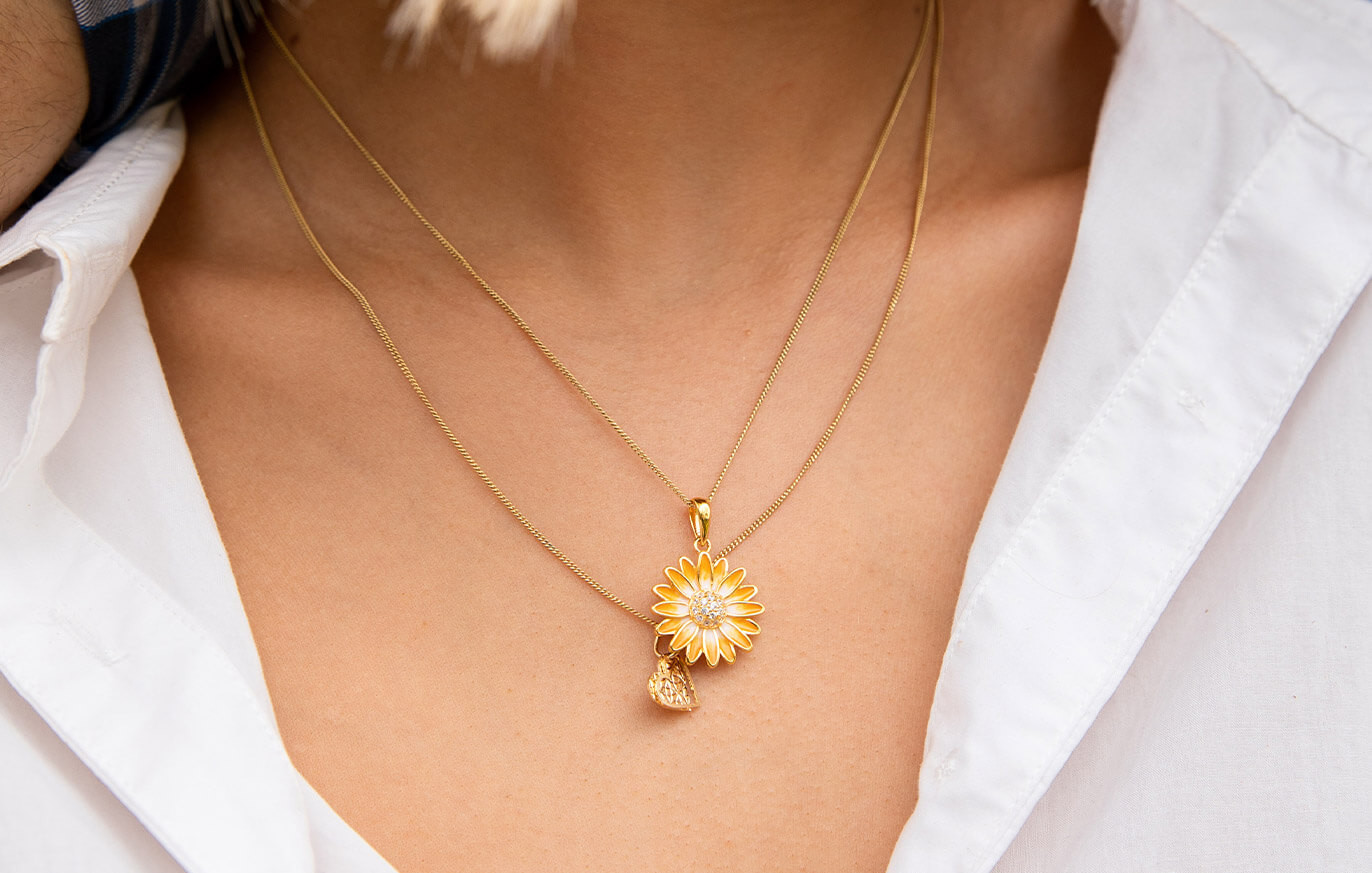
Consider Your Bust Size
Again like rings, the length and style of your necklace that you go for will have a lot to do with your anatomy. Particularly, your bust size and face shape. Girls with a bigger bust will likely find it beneficial to opt for necklaces with a shorter chain to ensure that it doesn’t get lost among their bust. A shorter necklace will also help the chest appear smaller. Alternatively, those with a smaller bust will likely want to deter people from that area and therefore should consider something with a slightly longer length.
Consider Your Height & Face Shape
If you are eager for your necklace to compliment your face shape, you take this into consideration before making your purchase. For round faces, opt for a medium-length necklace to help the face appear narrower. If you have a slightly more pointed face such as a diamond, triangle, or square-shaped face, a shorter-length necklace will help accentuate some of your best features including your jaw-line. You can also adopt the same approach when shopping for a necklace based on your height. If you are a little on the short side, a longer necklace would likely overwhelm your small frame and therefore you should opt for something shorter. On the other hand, if you are tall a shorter necklace may not have the desired effect.
Choose A Length Based On Your Style
Whether it’s a simple gold chain or an elegant diamond necklace, the style and occasion you are getting is going to greatly impact the sizing of your necklace. If you are on the hunt for a piece that you can wear everyday, it probably doesn’t make sense to get one that is too long as it may get in the way. But at the same time, a necklace that is too short may come across as too dressy and therefore it may be ideal to opt for a mid-length necklace. For dressier occasions, you can’t go wrong with shorter and choker-style necklaces. One the style front, long necklaces stand out the most on higher necklines while short, mid-length necklaces are perfect for low-cut necklines.
How To Style Pendants
The style of your pendant can also dictate the length and size of your chain. If you are a fan of fine jewellery, longer chains can overwhelm dainty pendants and can make them not stand out as much. If you are someone with a slightly more eclectic style with a thing for bulky and round disc-style pendants, a shorter chain can bring an element of playfulness to your look. Meanwhile, longer chains can be excellent for layering-especially when paired with multiple necklaces or different lengths.
Bracelets Sizing Guide
When shopping for jewellery, bracelets are usually the easiest to determine size with. Using some measuring tape, simply loop it around your wrist like a watch, and then adjust as per the perfect fit and length you’re looking for. if you are ordering online and still a little bit uncertain about what is going to be the right fit for your piece, particularly if it's bangles or a charm bracelet, a great approach is to opt for a slightly looser fit as opposed to a tighter one. If styles such as chain bracelets and tennis bracelets are too tight, it can put pressure on them and can potentially cause them to become damaged. Contrastingly, bracelets that are too loose are more likely to become caught on objects and even become misplaced.
